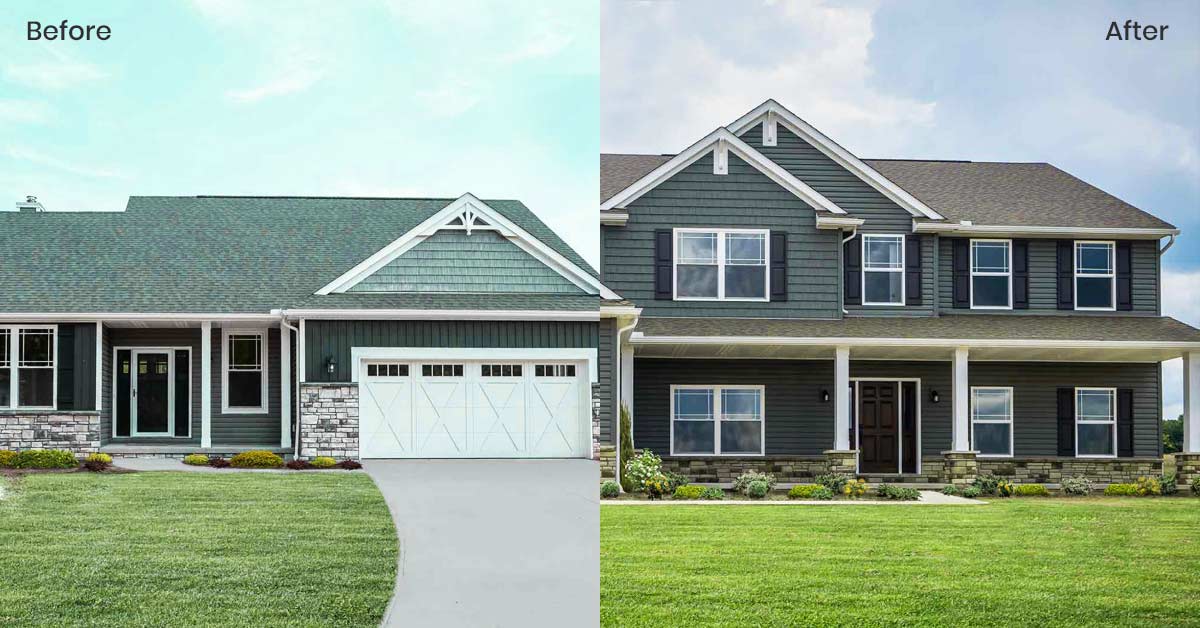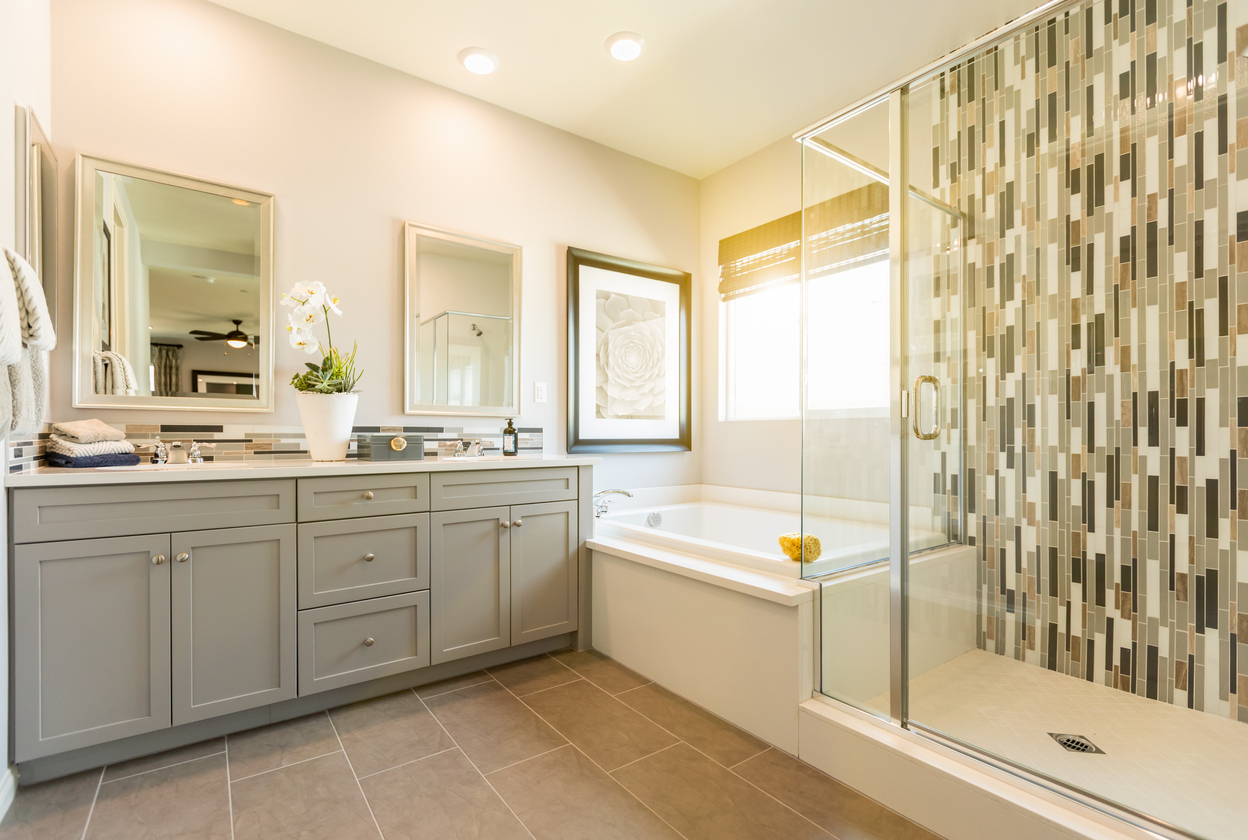Home improvement projects can be incredibly rewarding, especially when you’re looking to enhance the value, functionality, and aesthetic of your home. One of the most significant ways to do this is by considering a home extension. Whether you’re adding an extra bedroom, expanding your kitchen, or building a home office, extensions provide the space you need while increasing the overall appeal and value of your property. However, extending your home requires thoughtful planning and execution. Without the right approach, a project can easily become overwhelming. To help guide you through the process, here are the top 10 extension tips for better home improvement.
1. Plan for the Long Term
Before embarking on any extension project, it’s essential to think long-term. While it’s tempting to focus on immediate needs or aesthetic preferences, you must consider how the extension will fit into the future of your home. Ask yourself questions like: How will this extension affect the overall layout of the property? Will it increase or decrease the value of your home in the long run? Is there potential for further expansions down the line? A well-thought-out plan ensures that the extension enhances your home now and in the future, and it can save you from costly mistakes later on.
2. Understand Local Building Regulations
Home extensions are subject to local building codes and regulations, which can vary from one area to another. It’s vital to research and understand these regulations before starting your project. Depending on the scope of the extension, you may need to apply for planning permission or building permits. Familiarize yourself with the zoning laws, height restrictions, and any other rules that could impact your plans. In some cases, working with a local architect or builder who understands the legal landscape can help streamline the process and avoid delays or penalties.
3. Choose the Right Extension Style
When it comes to home extensions, choosing the right design style is crucial. The extension should seamlessly blend with your existing home while adding something new and exciting. Consider factors like the architectural style of your home, the materials used, and the overall aesthetic. A poorly executed extension can clash with your home’s original design, which may detract from its visual appeal. For example, a modern glass extension may look out of place on a traditional Victorian property, while a classic brick extension might feel too heavy for a sleek, contemporary home. Take time to consult with an architect or designer to choose the most fitting style.
4. Maximize Natural Light
One of the biggest trends in home extensions today is the desire for more natural light. Not only does natural light make a space feel larger and more open, but it also has numerous psychological benefits, promoting positivity and overall well-being. When designing your extension, think about how you can optimize light. This might include installing larger windows, adding skylights, or incorporating glass doors that open out to a garden or patio. In rooms like kitchens or living areas, natural light is especially important for creating a welcoming and airy atmosphere. Furthermore, by using energy-efficient glass, you can ensure that your extension remains warm in the winter and cool in the summer.
5. Focus on Functionality
An extension isn’t just about adding space—it’s about creating a functional area that complements your lifestyle. Consider how the new space will be used and make sure the design maximizes its potential. For instance, if you’re building an extra bedroom, think about closet space, lighting, and whether it needs to have access to a bathroom. If you’re extending your kitchen, ensure that you account for enough counter space, proper storage, and a logical flow between work areas. Think carefully about how the new room will serve its purpose and integrate it with the rest of your home for a cohesive design.
6. Prioritize Quality Materials
The materials you use in your home extension will affect not only the aesthetics of the space but also its longevity and performance. It’s tempting to cut costs by choosing cheaper materials, but this often leads to maintenance problems in the future. Opting for high-quality materials ensures that the extension stands the test of time and remains visually appealing for years to come. For example, instead of using low-grade vinyl windows, choose energy-efficient, durable frames that will reduce your heating and cooling costs. Invest in materials that suit your local climate and complement your existing home, whether you’re using brick, wood, or contemporary finishes like concrete or steel.
7. Be Smart with Storage
One of the most valuable benefits of a home extension is the extra storage space it can provide. Whether you’re adding a new bedroom, expanding your kitchen, or creating an office, ensuring that your extension includes sufficient storage is key to its functionality. Custom built-ins, like shelves, cabinets, or even hidden storage under staircases, can significantly increase the practicality of the space without taking away from its design. If you’re extending a kitchen, consider incorporating a walk-in pantry or extra cupboard space. A home office extension could benefit from built-in shelving and filing cabinets, allowing the space to remain organized and clutter-free.
8. Consider Energy Efficiency
Home extensions offer an excellent opportunity to make your home more energy-efficient. During the planning stage, think about how you can incorporate energy-saving features into your new space. Modern insulation materials, double or triple-glazed windows, and high-efficiency heating and cooling systems can make your extension more comfortable while reducing your energy bills. In addition, you might want to install solar panels, LED lighting, and smart thermostats to further boost energy efficiency. Being energy-conscious not only lowers costs but also increases the long-term sustainability of your home, making it more attractive to potential buyers should you decide to sell.
9. Create a Smooth Transition
An extension should feel like a natural part of your home, so creating a smooth transition between the old and new spaces is essential. This can be achieved through cohesive design elements like matching flooring, complementary color schemes, and consistent architectural details. If your extension opens up to an outdoor area, consider how you can merge the interior and exterior spaces to create a fluid transition. Adding bi-fold doors or a raised deck can enhance the connection between your home and the garden, allowing for greater flow and usability. By ensuring that the extension integrates seamlessly with your existing home, you’ll create a harmonious living space.
10. Consult with Professionals
Finally, one of the most important tips for a successful home extension is to consult with professionals at every stage of the project. This includes architects, structural engineers, builders, and interior designers. While it may seem tempting to handle everything on your own, professionals bring a wealth of knowledge and expertise that can save you time, money, and stress in the long run. An architect can help you design a functional and aesthetically pleasing space that meets your needs and fits with your home’s overall style. A builder ensures that the extension is constructed safely and to code, while an interior designer can help you make the most of the space once it’s built. Working with the right professionals ensures that your extension is both practical and visually cohesive.
Conclusion
A home extension is an exciting way to enhance your living space and improve your home’s value. However, achieving the desired result requires thoughtful planning, careful consideration of materials, and a focus on functionality. By keeping these top 10 tips in mind—ranging from long-term planning and local regulations to maximizing natural light and creating smooth transitions—you’ll be well on your way to creating a space that works for you and enhances the beauty and practicality of your home. Whether you’re adding a new bedroom, expanding a kitchen, or creating a home office, following these guidelines will ensure that your extension project is a resounding success.









